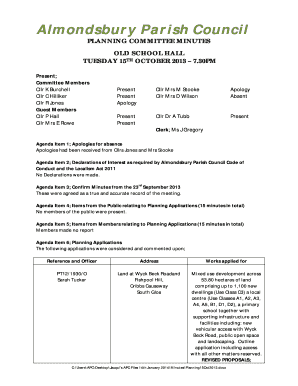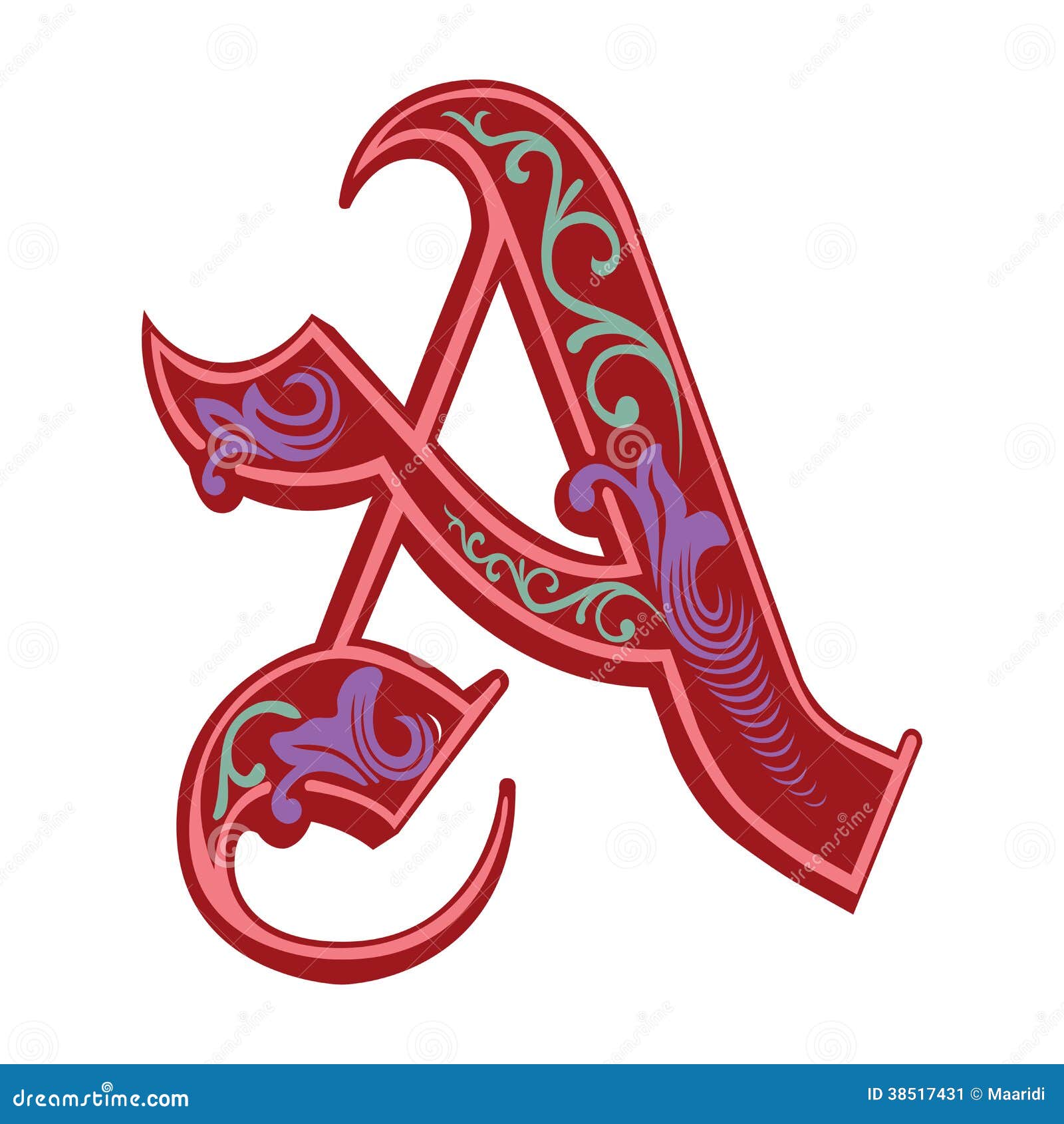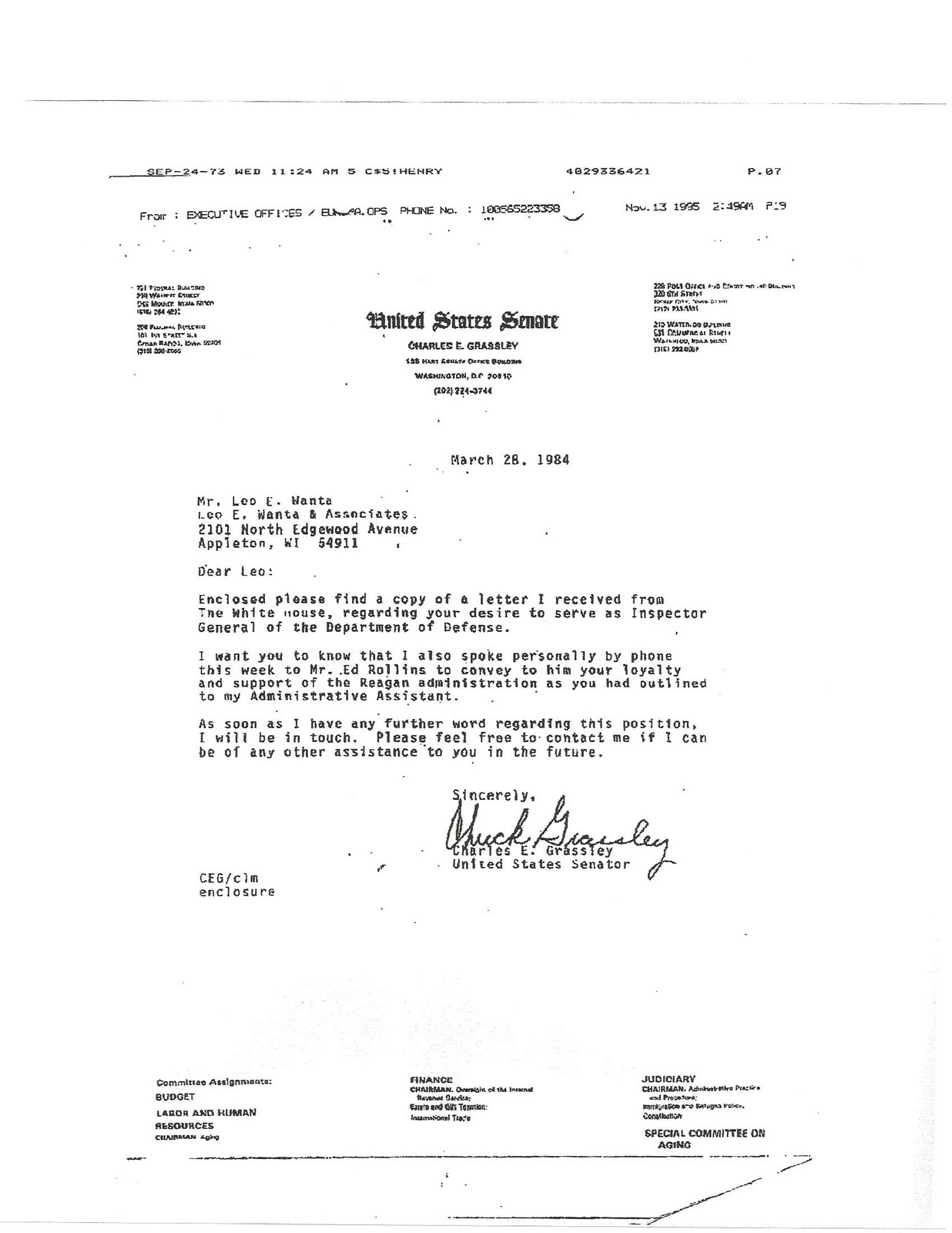
While the expression Middle C is generally clear across instruments and clefs, some musicians naturally use the term to refer to the C note in the middle of their specific instrument's range. Middle C (the fourth C key from left on a standard 88-key piano keyboard) is designated C 4 in scientific pitch notation, and c′ in Helmholtz pitch notation it is note number 60 in MIDI notation. A movement to restore the older A435 standard has used the banners "Verdi tuning", "philosophical pitch" or the easily confused scientific pitch. After the A440 pitch standard was adopted by musicians, the Acoustical Society of America published new frequency tables for scientific use. Scientific pitch was originally proposed in 1713 by French physicist Joseph Sauveur and based on the numerically convenient frequency of 256 Hz for middle C, all C's being powers of two. For an instrument in equal temperament tuned to the A440 pitch standard widely adopted in 1939, middle C has a frequency around 261.63 Hz (for other notes see piano key frequencies). (4) No garnishment governed by the provisions of this section will be given priority over a voluntary assignment of wages to fulfill a support obligation, a garnishment to collect arrearages in support payments, or a notice of withholding from wages of amounts payable as support, notwithstanding the fact that the garnishment in question or the judgment upon which it is based may have preceded the support-related assignment, garnishment, or notice of withholding in point of time or filing.Historically, concert pitch has varied. When such fact is proved to the satisfaction of such court, it may reduce or temporarily or permanently remove such execution.

GARNISHMENT NOTE C CODE
Any time after a consumer's earnings have been executed upon pursuant to article five-a or article five-b, chapter thirty-eight of this code by a creditor resulting from a consumer credit sale, consumer lease or consumer loan, such consumer may petition any court having jurisdiction of such matter or the circuit court of the county wherein he or she resides to reduce or temporarily or permanently remove such execution upon his or her earnings on the grounds that such execution causes or will cause undue hardship to him or her or his or her family. (3) No court may make, execute or enforce an order or process in violation of this section. (c) In the case of earnings for a pay period other than a week, the commissioner shall prescribe by rule a multiple of the federal minimum hourly wage equivalent in effect to that set forth in subdivision (b), subsection (2) of this section. 206(a)(1), in effect at the time the earnings are payable.

(b) The amount by which his or her disposable earnings for that week exceed fifty times the federal minimum hourly wage prescribed by section 6(a) (1) of the "Fair Labor Standards Act of 1938," U.S.C. (a) Twenty percent of his or her disposable earnings for that week, or (2) The maximum part of the aggregate disposable earnings of an individual for any workweek which is subjected to garnishment to enforce payment of a judgment arising from a consumer credit sale or consumer loan may not exceed the lesser of:


(b) "Garnishment" means any legal or equitable procedure through which the earnings of an individual are required to be withheld for payment of a debt. (a) "Disposable earnings" means that part of the earnings of an individual remaining after the deduction from those earnings of amounts required by law to be withheld and (1) For the purposes of the provisions in this chapter relating to garnishment: WEST VIRGINIA CONSUMER CREDIT AND PROTECTION ACT. View §46A-2-130 in new website CHAPTER 46A.


 0 kommentar(er)
0 kommentar(er)
